
This is a guest post from Alissa Zucker, marketing manager and writer at Mcessay. You can find her reading classical philosophy and writing short fiction in her spare time.
It’s predicted that by the end of 2020, businesses will have spent ~$110 billion on digital advertising alone in the US. To put that into context, that’s more money spent on digital advertising than what would be spent on both television and print ads combined.
This just goes to show the importance of digital advertising in the modern marketing communication mix.
It is essential that every business know how to effectively market their products and services in order to not only survive, but to grow and prosper in a competitive global market.
It’s not uncommon when questioned about marketing, that a business owner will simply produce a business card, a brochure stitched together using a Microsoft Office template, or a barely functional website with little to no traffic.
In this Process Street post, I want to provide you with an overview of everything you need to know about the marketing communication mix, including:
- The updated marketing mix: The 7 Ps of marketing
- What exactly is the marketing communication mix?
- Twelve factors of the marketing communication mix
- How to make the most of the marketing communication mix
Before diving into the specifics of the marketing communication mix, let’s first discuss the 7Ps of marketing.
The updated marketing mix: The 7 Ps of marketing
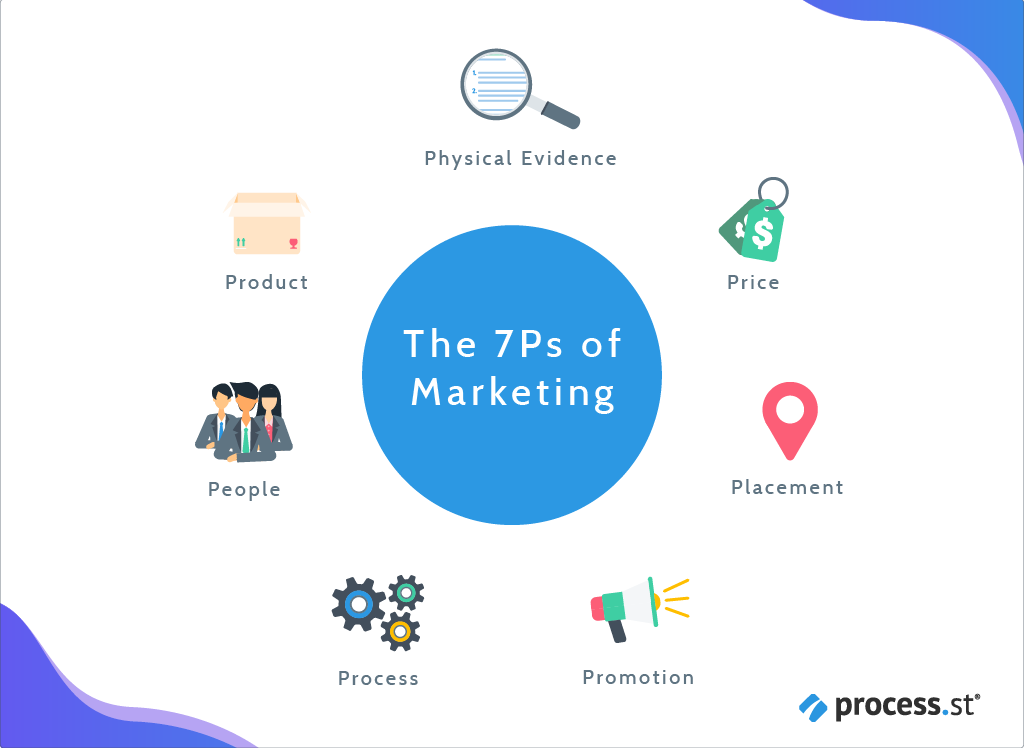
You may be familiar with the 4Ps of marketing:
- Product
- Price
- Placement
- Promotion
In the 1960s, Canadian author Jerome McCarthy referred to these 4 Ps as the marketing mix, which he defined as:
“dialogue between business unit and its present and potential customers that takes place during pre-selling, selling and post-selling stages” (Trehan and Trehan, 2011, p.42).
Also known as the communication mix, or promotion mix, the 4 Ps were considered to be a fundamental aspect of business marketing initiatives.
However, over time the 4 Ps, while an excellent framework for product development and design, had become outdated and was in need of an update in order to maintain its relevance in the modern market.
In 1981, Booms & Bitner added three new Ps to allow the newly extended marketing mix to include products that are services (not just physical objects).
So, in addition to the 4 Ps (product, price, placement, and promotion), three more Ps were added:
- People
- Process
- Physical evidence
An example of one of the companies that uses 7 Ps is HubSpot, founded in 2006. Currently, Hubspot has amassed 86,000+ customers across 120 countries. They offer services such as, Marketing Hub, Sales Hub, Service Hub, CMS Hub, and a free CRM, so it’s clear HubSpot is providing their customers with value that encompasses all of the 7Ps.
First of all, you should evaluate your product in order to understand if it is suitable, useful, and in demand for the current audience. In this case, you should compare your product/service(s) with your customers’ wants and needs. Then you can work out your marketing campaign or introduce new products to your customers.
Next, you should evaluate your prices. Sometimes you may need to lower them to help your products sell or vice versa. It can also help you understand whether your products are bringing profit or not, so that you can better determine how to most effectively improve your marketing campaign.
It’s also important to find the most appropriate places to sell your products. For example, in emails, catalogs or even telemarketing. Whichever option you choose, remember that you should use only those that bring more profit because not every place is suitable for all kinds of businesses.
You should then choose the best form of advertising to promote your products. There are many options when it comes to advertising, but your task is to evaluate them all, choose the most suitable, and don’t forget to alternate them because even small changes can cause irregularities in your product selling.
These sales irregularities happen because, for example, some marketers argue that the most important P was left out, people. These people could refer to either your customers/clients or your team of employees.
The next P refers to physical evidence, such as buildings and uniforms, which play an important role in your marketing communication efforts.
For example, a company with employees who present themselves with clean and pressed uniforms would be viewed more favorably than a company who has employees who may have looked as though they slept in their uniforms. It can convey a message to your customers that your company is lazy, unorganized, and doesn’t care about their business in general.
And finally, process is also important since it is a set of steps that are needed for delivering your products to customers. You can even work it out in the form of a visual map in order to be able to present it to your employees to demonstrate their progress to them.
So, where does the marketing communication mix fall in relation to the P’s of marketing?
The answer is promotion.
The marketing communication mix is a set of advertising, personal selling, publicity, public relations, digital PR, etc that companies use to fulfill their marketing goals. It is directly responsible for delivering your promotional message using various communication channels.
What exactly is the marketing communication mix?
The marketing communication mix refers to a set of tools used to promote services or products to a target set of customers. The key is in the name – communication, meaning a list of important principles and factors that go into the act of promoting those products and services.
Here are the twelve factors commonly associated with the marketing communication mix:
- Selling (personal selling)
- Advertising
- Sales promotion
- Direct marketing
- Publicity and public relations
- Sponsorship
- Exhibitions
- Packaging
- Point-of-sale merchandising
- Word of mouth
- Internet/Social Media Marketing
- Corporate Identity/image
Let’s dive deeper into these factors one by one.
Twelve factors of the marketing communication mix
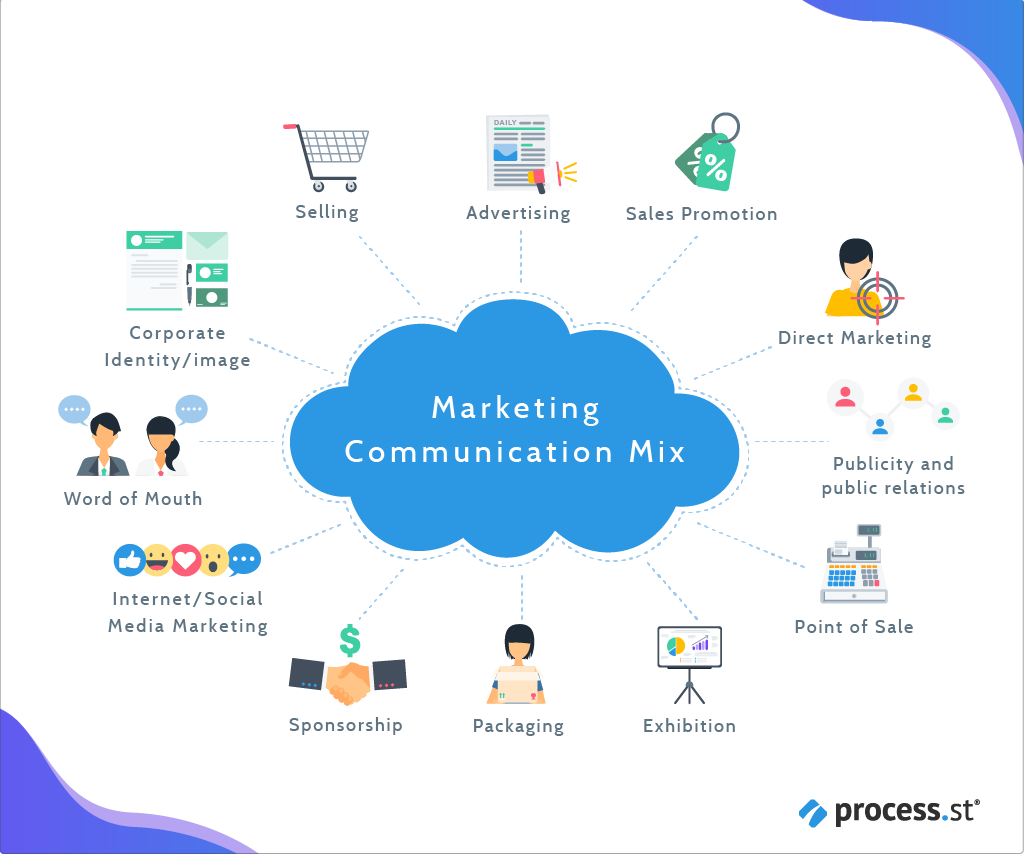
Selling
Selling refers to the process of making the sale of your product/service. This includes your employees who are sales people and the sales tactics they would use to present your product or service.
In a larger organization, this might include your sales manager and sales people who may go out into the field and knock on doors, or visit businesses, or even on the sales floor of your business as in an auto dealership. In a small sized or family business, selling may be undertaken by a cashier, for example in the case of a small retail store or family owned restaurant. The cashier may double as the sales person, making menu suggestions in the case of the restaurant.
You don’t have to be a large company to organize and plan an effective sales strategy. You can be a small retail store with one shop and have a sales strategy where every employee is a participant, helping generate sales for the business.
Advertising
Advertising is defined as the action of calling something to the attention of the public especially by paid announcements. Advertisement can be considered an umbrella factor of the communications mix that covers various other factors, such as PR, word-of-mouth, and sponsorship, just to name a few.
However, for discussion purposes, I will define advertising as any of those announcements that are paid and available through print media, broadcast media, or online banner advertising that presents an offer or helps position a product or service.
While large organizations can spend millions of dollars on advertising in national magazines, newspapers, and television, small businesses can also employ advertising tactics on the local level without spending a fortune.
For example, if you are a local property management company with a single physical location, you would not want to spend your time worrying about national advertising, it would not only be out of your budget but ineffective. Instead, focus your efforts on local and regional publications. You can also run commercials on your local cable company at affordable rates, targeting your local area.
Sales promotion
Examples of sales promotion includes coupons, buy one, get one free offers, product samples, contests and prizes to name a few.
Yes, sales promotion is part of the 7Ps of marketing, but can also be part of the communication mix because it is a specific “promotion” type.
While under the marketing mix, the sales promotion is mainly directed at the consumer, however, it can be used toward employees of a specific organization or business. For example, offering your employees a bonus or prize in a sales contest, rewarding them for signing up customers to their service or bringing in new customers to buy their products.
Small businesses can also employ sales promotions just as the big boys do.
An example I recently came across was for a local hair cutting salon. The salon is located in a local shopping center and offers 50% haircuts to patrons who bring in a coupon. The catch is, the coupons are located in other business establishments within the same shopping center. Each business promotes other businesses in the center and offers coupons to entice consumers to purchase products or services.
Direct marketing
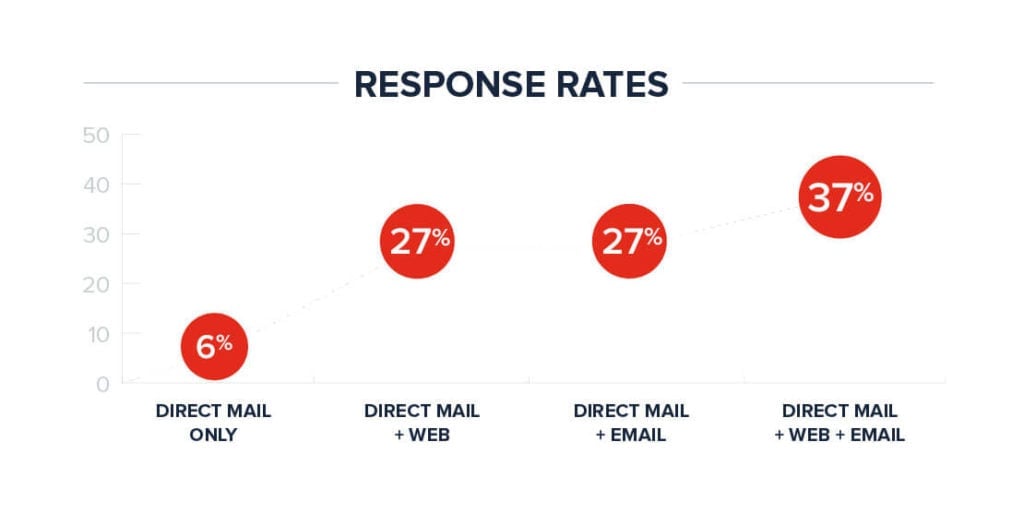
Direct marketing is any form of communication directed toward the individual regardless of medium. There are three characteristics that distinguish direct marketing from any form of communication delivery method:
- Direct marketing has to be directed toward an individual within the target audience regardless of delivery method. This can be done so through direct mail or email.
- Direct marketing has to have a specific call to action, meaning that it instructs it’s recipient to take some action, such as call a phone number, mail in a response card, or fill out an online form for further information or to make a purchase.
- Direct marketing requires data that can be tracked and measured from its target audience or customers so that adjustments can be made in future contacts.
There’s a lot that goes into a direct mail campaign along with testing your message, but it can be used with great success for both large and small companies. When it comes to smaller businesses, they can leverage a direct marketing campaign quite easily and one that won’t break the bank.
For example, a local bicycle shop can implement a direct marketing campaign by collecting email addresses from local residents who purchase something from the shop. The incentive to give their email address to the bicycle shop could be a 10% or more discount on future purchases or to receive future email promotions and the monthly newsletter the bike shop emails.
So what we have here is a combination of direct marketing, internet marketing (I’ll delve into that later…) and sales promotion, combined into one pretty package.
Publicity (& public relations)
Publicity/public relations refers to the ability to generate interest about your business, service, or product through media outlets at very little to no cost.
You may have heard the saying “bad publicity is better than no publicity,” and though that may sound logical, I would rather strive for positive publicity. Generating publicity is typically done through well crafted press releases and sent to various publications that may have an interest in your product or service.
Small businesses can take advantage of generating publicity through local magazines or newspapers since the local paper or publication is more readily available to the local business, more so than larger publications. Examples of news worthy of a press release by a local business could be an announcement for a local veterinary hospital offering free vaccination to pet owners, or a restaurant sponsoring a free entertainment night.
Sponsorship
Sponsorship refers to supporting an event, person, or activity financially or through some other means, such as products.
Larger companies will often sponsor sporting venues, like the Staples Center in Los Angeles, or sports teams like that in auto racing where you see each racing team will have one major sponsor and many smaller sponsors. These companies like to align themselves with winning teams and in return the winning, and not so winning, teams receive large sums of cash to support their teams for equipment and travel.
But sponsorship isn’t limited to only larger companies. Small companies can participate in this form of advertising. Local sports teams like little league baseball teams often seek out sponsors, or local clubs like a woman’s club often seek out local businesses to sponsor an event. You may also want to check with your local city activities coordinator to see if you can participate in a sponsorship for upcoming city activities.
Exhibitions
You have undoubtedly heard of trade shows.
Every industry has an annual or bi-annual trade show convention where the organization rents out space to vendors in the industry who in turn showcase their latest products or services and take the opportunity to meet current and potential customers. These conventions or trade shows can get very expensive and elaborate. However, there are smaller shows that offer affordable solutions for small businesses.
Typically the local Chamber of Commerce holds an annual exhibition or two where local businesses can attend. There may be other, local, professional organizations which hold exhibitions annually in your community.
Packaging
Packaging refers to the enclosing and containment of goods within a box, or other material for display and sale. However, packaging can also refer to presentation folders in the case of a service oriented business.
For example, if you are a local medical facility, your packaging may include a presentation folder and additional flyers and brochures enclosed within the presentation folder. Your packaging or folder design is critical in how your customers view your brand identity and company. Creating a QR code for your packaging that connects to your website, resource pages or social media could be an effective touchpoint for customer engagement and improved customer success. Keeping things professional helps promote a more positive and favorable view of your business.
In working with a local taco shop restaurant, they began making homemade salsa. When I met with the owners, they were placing their salsa in regular jars, with just a label that listed the mildness or spiciness of the salsa. It goes without saying that this package is bad since there is no hint at the name of the restaurant and even its logo. In this case, we were eager to change the label adding the identification signs.
Point-of-sale merchandising
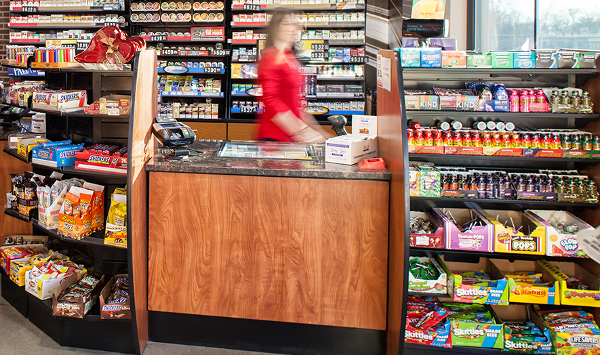
Point-of-sale merchandise is exactly as it sounds like: merchandise that sits where the sale is taking place.
For most stores, you see quite a bit of merchandise sitting next to the register where customers are checking out and paying for their goods. The idea here is that you will pick up the item at the last minute in an impulse and purchase the item. You see this a lot with magazines, candy and gum products, and various other small sized items.
Word of mouth
Word of mouth marketing is perhaps the least expensive form of advertising a business can engage in, that’s because it’s free!
It can also be the most challenging form of advertising and that’s because you are not in control of who says what to whom about your business.
However, there are some factors that you can employ that can help generate a favorable word of mouth campaign:
- Get your customers to try your product or service. If they don’t know what you are offering or selling, then they can not talk about your business.
- Have impeccable customer service and treat your customers with respect. You want to make your customers feel welcomed in your place of business. I have often told each of my clients that the company in their industry who wins at the customer service game is the company who will be the most successful and that’s because their customers will tell others, who will tell others, and so on.
- Allow your customers to be involved in the decision making process of your company. This can be done through surveys, either in store or online.
- Stay in touch with your customers. Provide them with news about your company or special offers on a regular basis. This can be done through traditional direct mailings or via email newsletters.
Social media marketing
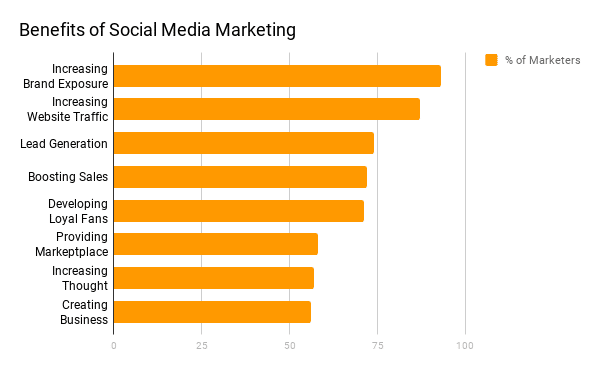
Ever since the explosion of the internet in the late 1990′s, many businesses have turned toward marketing their products and services online. With 78% of the North American population on the internet, it would be in your best interest to have, at minimum, a web presence.
Internet marketing encompasses Pay-Per-Click (PPC) advertising, banner advertising, email marketing and newsletters, as well as social media, including having a presence on social media platforms like Facebook and Twitter, for example.
While many businesses do have a presence online, I always advocate a strong, traditional print marketing campaign to compliment your online marketing campaign and that’s because not everyone online accesses their internet on a daily basis. Plus, using traditional print media can help drive traffic to your website.
Brand identity & image
Your brand identity or corporate image refers to your company’s visual appeal. From the company logo to the colors used in the logo and marketing collateral, all communicate the company identity.
Businesses who have a consistent look throughout their marketing collateral tend to be viewed more favorably. Customers tend to see these businesses with a consistent image to be more serious and organized over their counterparts who tend to be eclectic in their marketing collateral design.
How to make the most of the marketing communication mix
Firstly, the marketing communication mix itself could be considered a framework of “best practices”. Comprising 12 different factors, each of which represent a different area of focus for which a company should align and focus efforts for maximum success.
The key here is in the targeting – who is your target audience, and what is the most appropriate method of promotion? Which of the 12 factors are most relevant to this customer profile?
If you ask these kinds of questions, you’re using the marketing communication mix the way it was intended to be used.
You can also use checklists in your marketing mix to improve process adherence and reduce human error. When you have a clear process to follow, the steps along the way become simple and easy to follow.
Check out this set of marketing checklists to help you work out an efficient, well-structured and well-organized marketing plan. Using checklists is especially valuable for small business owners who often rely on highly systematized internal procedures.
Here’s an example of Process Street’s Product Launch Checklist:
This checklist was designed to streamline the product launch process and ensure that it’s done correctly and effectively every time. It covers everything you need to know, from marketing to product design to product development, all in a single checklist.
And that’s it!
There may be a lot of information presented in this post (and each communication mix factor could take even more pages to fully explain), but the purpose of this article was to provide you with some insight to the marketing communication mix and the tools needed to generate new and effective ideas when it comes to implementing a successful marketing communications campaign.
What does your marketing communication mix look like? Do the 12 factors hold up today for savvy marketers? Let us know in the comments below!







 Workflows
Workflows Forms
Forms Data Sets
Data Sets Pages
Pages Process AI
Process AI Automations
Automations Analytics
Analytics Apps
Apps Integrations
Integrations
 Property management
Property management
 Human resources
Human resources
 Customer management
Customer management
 Information technology
Information technology



Oliver Peterson
Oliver Peterson is a content writer for Process Street with an interest in systems and processes, attempting to use them as tools for taking apart problems and gaining insight into building robust, lasting solutions.